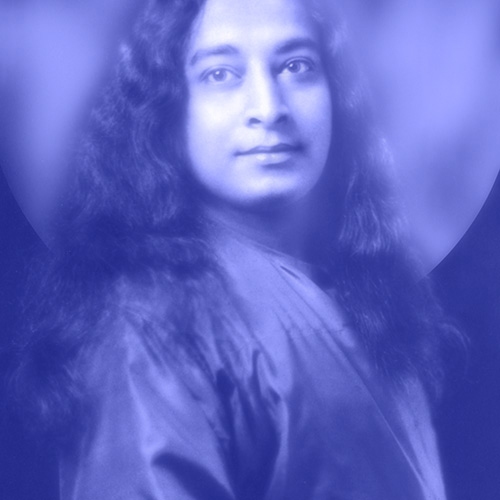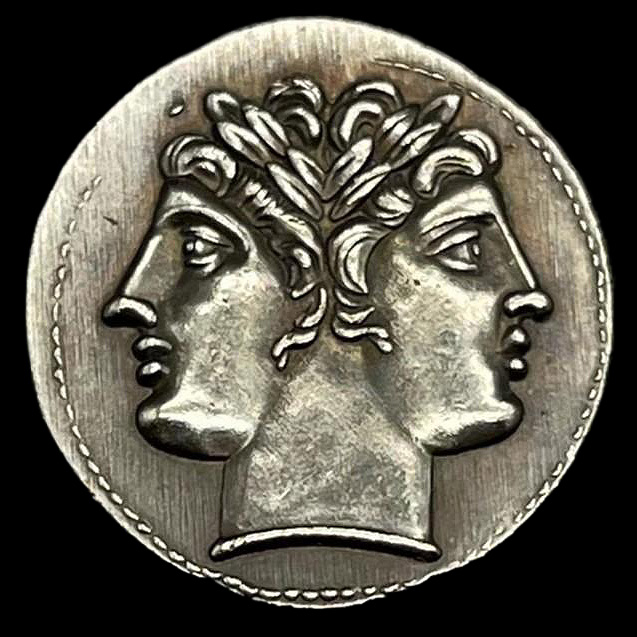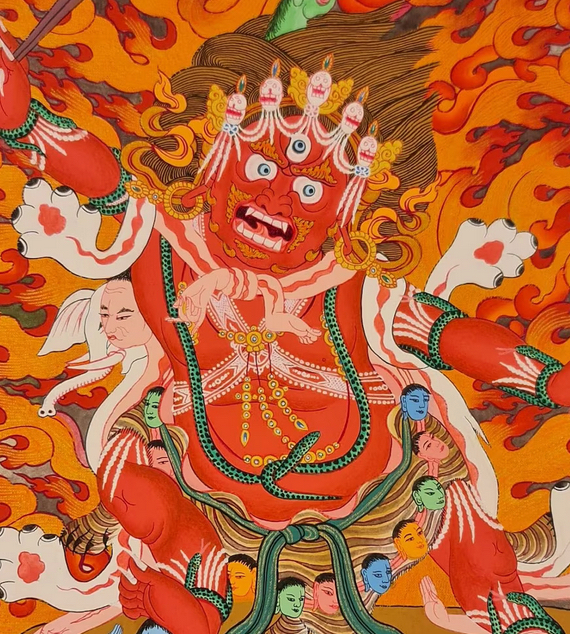Shelly - My Personal Reflections by Jeffrey Gold
Part V: Yogananda the Man and Yogananda the Saint
 On July 17, 1985, Shelly delivered a talk in Chicago.
The point of his talk was to draw a distinction between Yogananda the man and Yogananda the saint. Shelly
pointed out that his guru, Paramahansa
Yogananda, loved to quote Shakespeare, particularly the line from As You Like It that we are actors on the
stage of life:
On July 17, 1985, Shelly delivered a talk in Chicago.
The point of his talk was to draw a distinction between Yogananda the man and Yogananda the saint. Shelly
pointed out that his guru, Paramahansa
Yogananda, loved to quote Shakespeare, particularly the line from As You Like It that we are actors on the
stage of life:
During his presentation, Shelly told stories about Yogananda. The point of the stories was to emphasize that, even though Yogananda really enjoyed his role on the stage of life as guru, a role in which Shelly said, Yogananda "played it to the hilt", and "hammed it up as hard as he possibly could," Yogananda knew he was merely an actor playing a role. An example of his "hamming it up" was when Yogananda gave talks in Encinitas, California. Some of those lectures took place in the summer when it reached 95 degrees. Nonetheless, he would wear a bear skin coat that someone whom he liked quite well gave to him as a present, a derby hat, and carried a cane as he walked through the gardens. It was quite a show.
Yogananda the Man
Yogananda also loved Westerns or what he called "shoot-em-up cowboy" movies. He would take a fleet of Cadillacs full of disciples to these shoot-em-up cowboy movies, stand at the ticket counter and hand the ticket taker money for each disciple. In other words, he was a showman. He thoroughly enjoyed playing that role.
But, according to Shelly, Yogananda was also capable of stepping out of that role and expressing his nature as a saint, that is, his nature as a being who could live from the place of unselfish love. In Ray Grasse's Memories of Yogananda, Shelly tells of Yogananda the saint:
For me, the most important point of all these stories is Shelly’s commentary or his interpretation of them. This how Shelly brings his talk in Chicago to a close:
The Two I's
 These concluding observations are the key to understanding
some of the most central features of Shelly’s philosophy. For Shelly, "I am aware that I am"
states the essence of Self-Conscious Awareness. There are two "I’s," the I who is aware and the I who is the
object of awareness. Shelly is telling us in the above quotation that the I who is aware sits at the mouth
of God. This is Yogananda the saint, the I who operates from the place of unselfish love. It is the I who is
the actor, not the roles played by the actor. The person who loves shoot-em-up cowboy movies, who loves to
wear a bearskin coat, that is Yogananda the man. It is the I who is observed. It is the role a person plays
in everyday life.
These concluding observations are the key to understanding
some of the most central features of Shelly’s philosophy. For Shelly, "I am aware that I am"
states the essence of Self-Conscious Awareness. There are two "I’s," the I who is aware and the I who is the
object of awareness. Shelly is telling us in the above quotation that the I who is aware sits at the mouth
of God. This is Yogananda the saint, the I who operates from the place of unselfish love. It is the I who is
the actor, not the roles played by the actor. The person who loves shoot-em-up cowboy movies, who loves to
wear a bearskin coat, that is Yogananda the man. It is the I who is observed. It is the role a person plays
in everyday life.
Most of us, nearly all the time, identify with the roles we play: truck driver, sound technician, American, Aries, Christian, talkative, ADHD, gregarious, grandfather, etc. According to Shelly, saints can identify with the observer and disidentify with the roles he or she plays while simultaneously playing them to the hilt. To use an image from Ram Dass, it is like playing Monopoly enthusiastically but never thinking that you are the race car or the top hat.
Tibetan Buddhist Pema Chodron tells the following story:
The story from the Native American grandfather makes a similar point but puts it in a different way. Instead of talking about who we identify with, he speaks of who we feed. As I try to bring together these two stories, I would suggest that we feed the I who is aware or the I who is the object of awareness precisely by identifying with that I. When Yogananda sat at the mouth of God, he was identifying with what I will call Yogananda the unselfish one and feeding Yogananda the unselfish one. When Yogananda thought of himself as a showman who wore a bearskin coat and derby hat, he was identifying with that role and feeding that role. The true saint, in Shelly’s view, can identify with unselfish love and still play his role in this cosmic drama to the hilt. He is in the world, but not of it.
Strongest at the Source
 This connects with another point that is crucial to Shelly.
He believes that we are all like transmitting stations (he was a television repairman). And he
points out repeatedly that the signal is much stronger at the source than the destination.
This connects with another point that is crucial to Shelly.
He believes that we are all like transmitting stations (he was a television repairman). And he
points out repeatedly that the signal is much stronger at the source than the destination.
Shelly states that if we are sending out signals of anger, hatred, cruelty, or revenge, we are tuned into the gimme-gimme station. Tuned into is another metaphor like feeding. If we are sending out signals of unselfish love, we are tuned into the "givee-givee" station. Concerning the gimme-gimme channel, George Harrison writes, and the Beatles sing:
I me mine, I me mine, I me mine
All through the night
I me mine, I me mine, I me mine…
No one's frightened of playing it
Everyone's saying it
Flowing more freely than wine
All through the day
I me mine, I me mine, I me mine"
Shelly calls the "gimme" station the devil’s station and the "givee" channel, God’s station. Since the signal is strongest at the source and not the destination, if we are tuned into love and compassion, we will be dwelling in the space of love and compassion. If we are tuned into anger and hatred and cruelty, we will be dwelling in that space. The Beatles sing "Boy, you’re going to carry that weight, carry that weight a long time."
Shelly encourages us to let go of that weight of anger, revenge, cruelty, and hatred. Doing so doesn’t let those who harmed us off the hook (because they too are transmitting stations who must deal with the consequences of sending out toxic transmissions and living in a toxic environment), but it lets us off the hook.
Our Inner Environment
 Shelly encourages each one of us to "to forgive yourself of them."
Don’t dwell in the space that your enemy wants you to live in. This paragraph, in my opinion, is the seed of
Shelly’s account of karma. If we eat poisonous or toxic food, there is a price to pay. We will get sick.
Shelly encourages each one of us to "to forgive yourself of them."
Don’t dwell in the space that your enemy wants you to live in. This paragraph, in my opinion, is the seed of
Shelly’s account of karma. If we eat poisonous or toxic food, there is a price to pay. We will get sick.
If we dwell in a toxic inner environment filled with rage, jealousy, hatred, there is a psychic price to pay. This is not guilt or shame. It is dwelling in toxicity. As Shelly says, "the hell worlds are not a favorable place to be."
The Dalai Lama has a similar psychological account of karma. According to the Ethics for a New Millennium:
Take the case of a person who cruelly tortures another. Their mind (lo) must be strongly gripped at the gross, or conscious level, by some kind of harmful thinking or ideology which causes them to believe their victim is deserving of such treatment. Such a belief—which to some degree must have been deliberately chosen—is what enables the cruel person to suppress their feelings. Nevertheless, deep down there is bound to be some kind of effect. In the long run, there is a high degree of probability that discomfort will be felt by the torturer."
So both Shelly and the Dalai Lama think that living in a hell world, dwelling in a toxic inner environment, is an uncomfortable, distressing, and dissatisfying place to inhabit. Karma is the idea that our habitual patterns of thought put us in the environment which we then inhabit. For Shelly, Kriya Yoga enables us to change those patterns of thought.
To Play Our Roles
In a ridiculously short summary, we entered this cosmic dream, this play, this adventure, to learn how to play our roles passionately while simultaneously identifying with Unselfish Love.